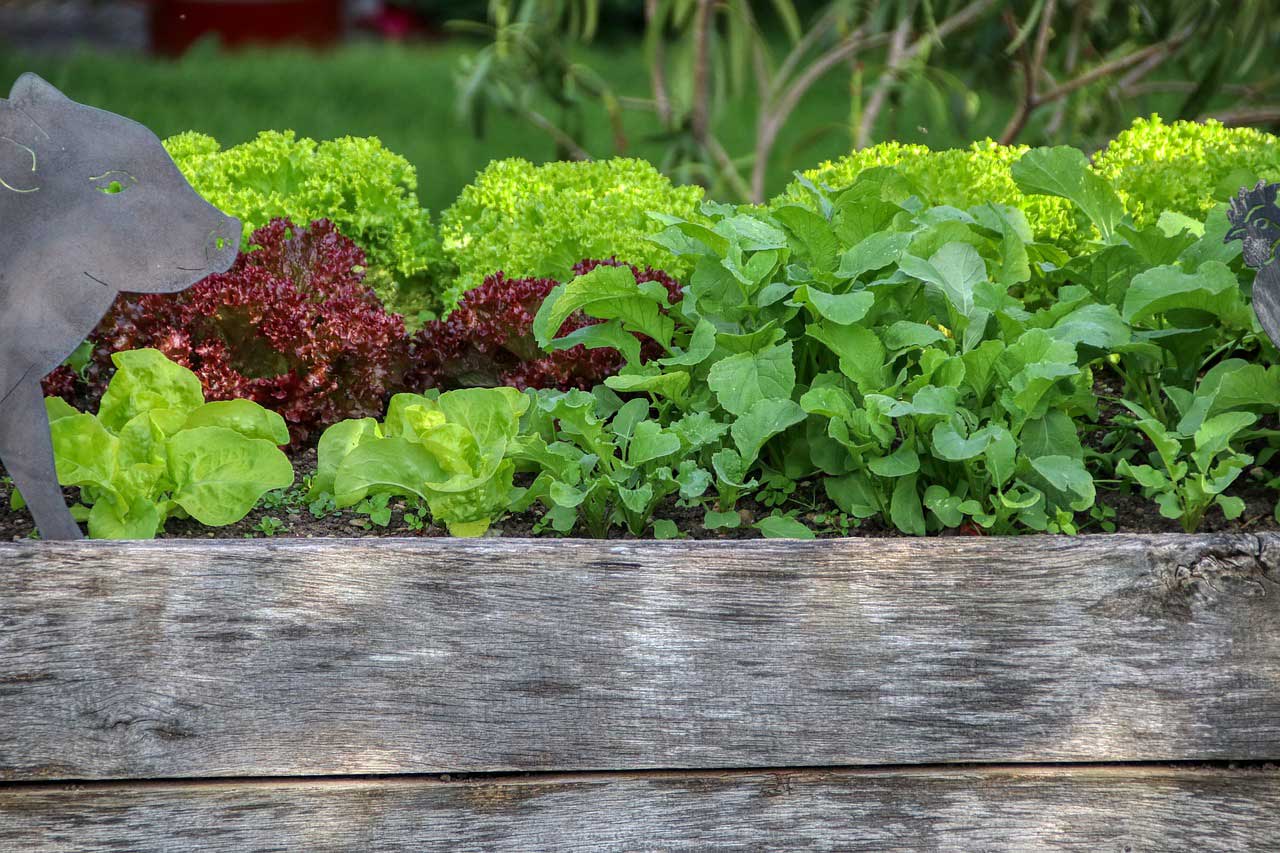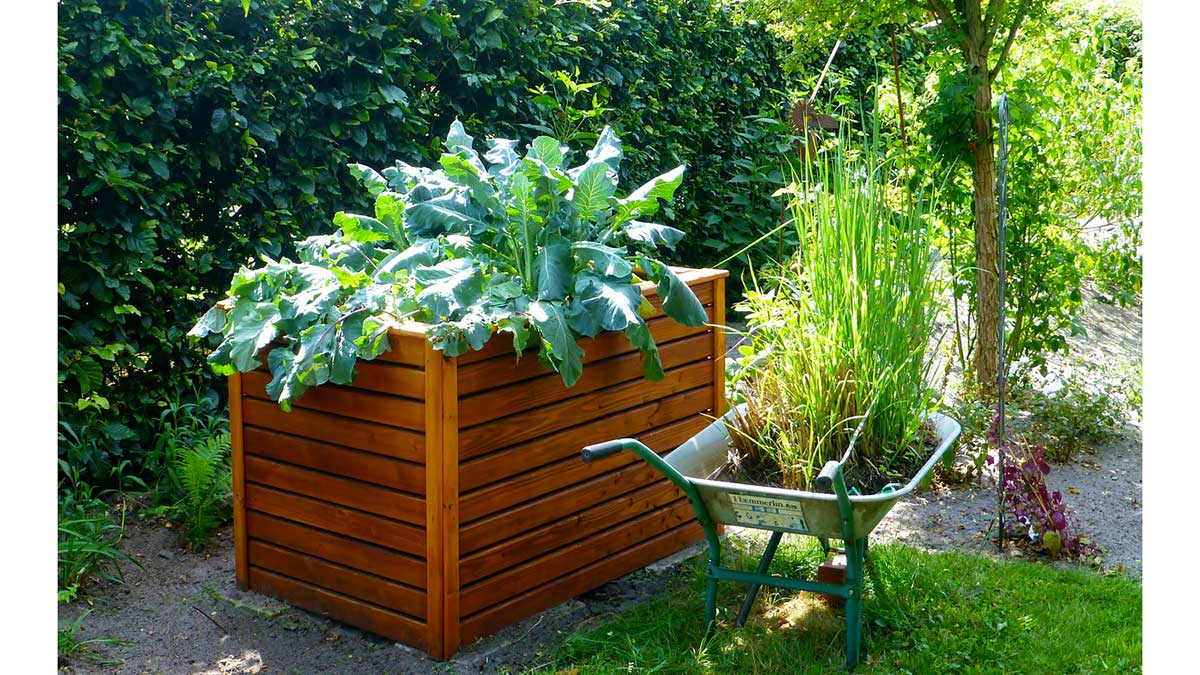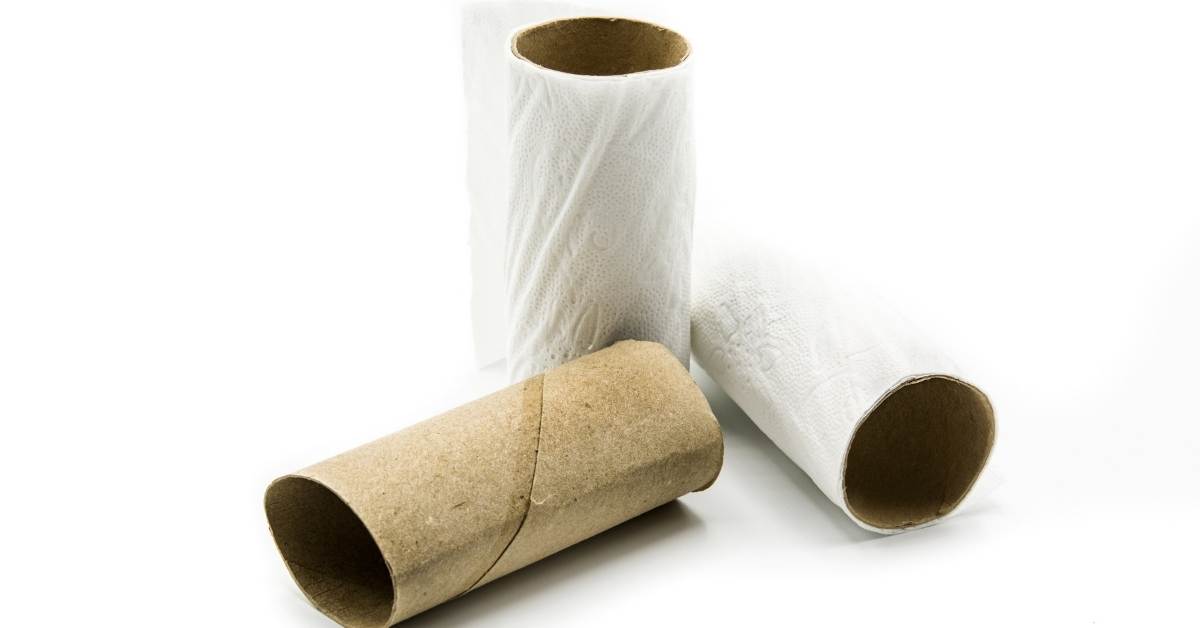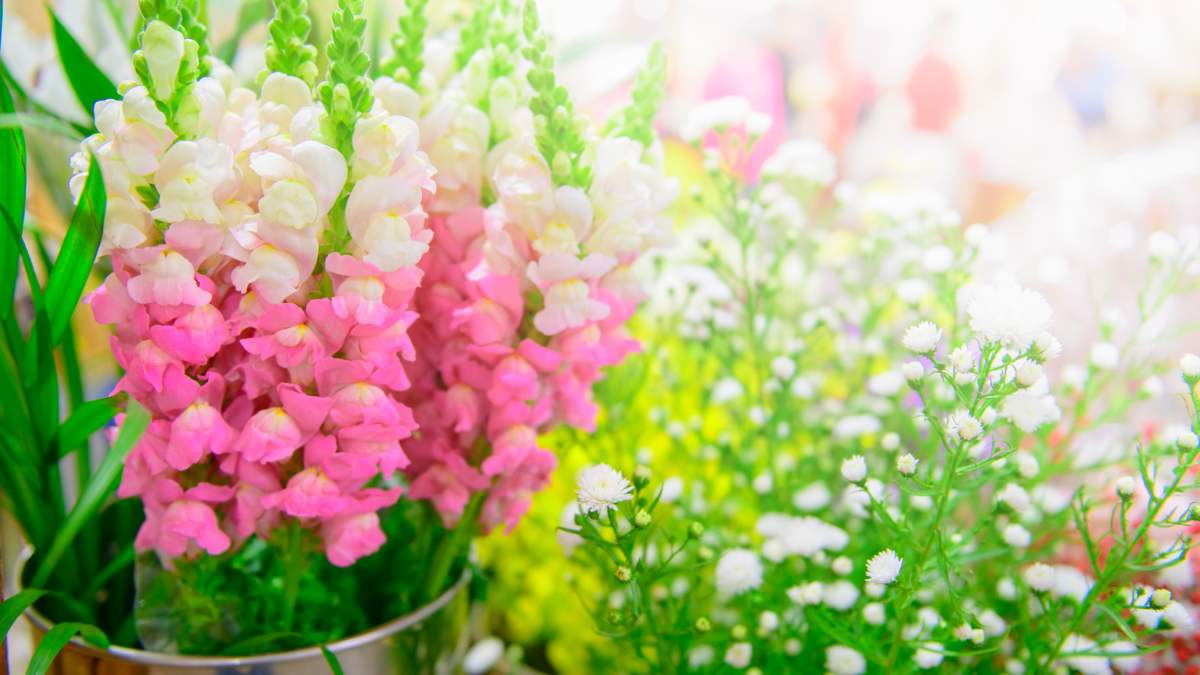Vegetables to grow in June are not limited to the usual suspects, like lettuce, radishes, and peas. There are many other delicious and nutritious crops that you can plant in your raised bed and enjoy later in the summer or fall. Whether you want to fill the gaps left by your spring harvest, try something new and different, or extend your growing season, there are plenty of options for you to choose from.
In this article, we will share some of the best vegetables to grow in June and some tips on how to grow them successfully. You will learn how to create a planting plan, follow the rules of crop rotation and mixed culture, and select the right varieties for your climate and soil conditions. By following these guidelines, you can make the most of your raised bed and enjoy a bountiful harvest of fresh and organic produce.
(An appropriately planted raised bed can already be harvested in May and June; spinach, various salad greens, radishes, earlier kohlrabi, and early carrots are already ripe at this point. Now the free space can be used for a whole range of other plantings.)
Salad greens thrive in the raised bed gardens almost all year-round.
Observe the rules for crop rotation and mixed culture

Before embarking on your planting endeavors, it is advisable to develop a well-thought-out planting plan. The suitability of plants for July planting is not solely determined by the season but also by other factors. For instance, if you have a traditionally layered raised bed, it is not recommended to plant an abundance of salad crops during the initial year or two.
Careful consideration should be given to the specific requirements of each plant, taking into account factors such as soil conditions, light exposure, and the overall design and structure of your garden. By creating a comprehensive planting plan, you can ensure optimal plant selection and placement, setting the foundation for a thriving and harmonious garden.
Freshly layered raised beds often contain a high nitrogen content, which can pose a disadvantage, particularly for leafy vegetables that have a tendency to become overly lush. In such cases, these plants may accumulate excessive levels of nitrogen, storing it as potentially harmful nitrates within their leaves.
This accumulation of nitrates can compromise the quality and taste of the leafy greens and may pose health risks if consumed in large quantities. Therefore, it is prudent to exercise caution when selecting leafy vegetables for planting in newly established raised beds, ensuring that the nitrogen levels are appropriately balanced to promote healthy growth without an excess buildup of nitrates.
It is advisable to exercise patience and allow approximately three to four years before cultivating lettuce, lamb’s lettuce, radishes, and a variety of herbs in a newly established raised bed. During this time, the raised bed will have the opportunity to mature, ensuring optimal soil conditions and nutrient balance for the successful growth of these plants.
Additionally, when planning your planting arrangements, it is essential to consider plant compatibility and adhere to a suitable crop rotation or cultural sequence. Not all plants thrive well together, and certain combinations may negatively impact their growth and overall health. By carefully selecting and arranging compatible plants, you can establish a harmonious and productive garden while optimizing the benefits of crop rotation to promote soil health and pest management.
You might also like these: 18 tips on gardening in June.
Which vegetables to grow in June?
During the warm seasons, there are several fast-growing vegetables that can be successfully cultivated in the second half of July. These include;
- radishes,
- broad beans,
- sweet peas,
various salad greens, such as;
- pickling lettuce,
- radicchio,
- lettuce, rocket lettuce,
- lamb’s lettuce,
- spinach,
- dill,
- endive,
- tuberous fennel,
- autumn radish.
In some cases, these vegetables can even be directly sown in the bed during the first half of August, allowing for a harvest in the autumn season.
For the upcoming year, it is recommended to sow parsley, beetroot, and yellow beet. These crops can thrive well when sown in the appropriate timeframe. It is important to consult the recommendations provided on the back of seed packets to determine the optimal sowing dates.
Certain varieties may have specific requirements regarding day length and temperature, and it is crucial to choose varieties that are well-suited for the long days and warm temperatures typically experienced during summer. This precaution ensures that the plants do not bolt or flower prematurely. By following the recommended guidelines and selecting suitable varieties, you can increase the likelihood of successful growth and a bountiful harvest.
Young plants for faster harvest
While certain vegetables may have a longer growth period, it is still possible to cultivate them in July by introducing young plants to the garden early on. It is advantageous to consider planting broccoli, cauliflower, kohlrabi, Brussels sprouts, kale, endive, leek, and fennel during this time, as they can be harvested later in the autumn season.
Additionally, if you prefer more common strawberry varieties, now is an opportune moment to plant new strawberry plants. By taking advantage of the suitable planting window in July, you can enjoy a late autumn harvest of these vegetables and savor the flavors of freshly grown produce.
The Best Vegetables to Grow in Different Seasons
One of the advantages of growing vegetables in a raised bed is that you can extend your growing season and enjoy fresh produce throughout the year. However, not all vegetables can thrive in every season, and some may require special care or protection depending on the weather conditions. Therefore, it is important to choose the right vegetables for each season and plan your planting accordingly. Here are some of the best vegetables to grow in different seasons and some tips on how to grow them successfully.
Spring
Spring is a great time to start your vegetable garden as the soil warms up and the days get longer. However, spring can also be unpredictable, with sudden frosts, heavy rains, or dry spells. Therefore, you need to choose vegetables that can tolerate these fluctuations and grow quickly before the summer heat arrives. Some of the best vegetables to grow in spring are:
- Lettuce: Lettuce is one of the easiest and fastest vegetables to grow in spring, as it can germinate in cool soil and mature in as little as 30 days. You can sow lettuce seeds directly in your raised bed or start them indoors and transplant them later. Lettuce prefers moist but well-drained soil and partial shade. You can harvest lettuce by cutting the outer leaves or the whole head when it is ready.
- Radishes: Radishes are another quick-growing vegetable that can add a crunchy and spicy flavor to your salads. You can sow radish seeds directly in your raised bed as soon as the soil can be worked and thin them out as they grow. Radishes prefer loose and fertile soil and full sun. You can harvest radishes when they are about an inch in diameter, usually within 3 to 4 weeks.
- Peas: Peas are a cool-season crop that can produce sweet and tender pods in spring. You can sow pea seeds directly in your raised bed about 4 to 6 weeks before the last frost date and provide them with a trellis or stakes for support. Peas prefer rich and moist soil and full sun. You can harvest peas when the pods are plump and green, usually within 50 to 70 days.
Summer
Summer is the peak season for vegetable gardening, as most plants love the warm and sunny weather. However, summer can also bring challenges such as drought, pests, diseases, or weeds. Therefore, you need to choose vegetables that can withstand these conditions and produce abundant crops. Some of the best vegetables to grow in summer are:
- Tomatoes: Tomatoes are one of the most popular and rewarding vegetables to grow in summer, as they can offer a variety of colors, shapes, sizes, and flavors. You can start tomato seeds indoors about 6 to 8 weeks before the last frost date and transplant them into your raised bed after the danger of frost has passed. Tomatoes prefer well-drained and fertile soil and full sun. You can harvest tomatoes when they are fully ripe and firm, usually within 60 to 80 days.
- Cucumbers: Cucumbers are another refreshing and versatile vegetable that can thrive in the summer heat. You can sow cucumber seeds directly in your raised bed about 2 weeks after the last frost date or start them indoors earlier and transplant them later. Cucumbers prefer moist but well-drained soil and full sun. You can harvest cucumbers when they are crisp and green, usually within 50 to 60 days.
- Zucchini: Zucchini is a prolific and easy-to-grow vegetable that can provide you with plenty of squash throughout the summer. You can sow zucchini seeds directly in your raised bed about 2 weeks after the last frost date or start them indoors earlier and transplant them later. Zucchini prefers rich and moist soil and full sun. You can harvest zucchini when they are young and tender, usually within 40 to 50 days.
Fall
Fall is a wonderful time to enjoy the fruits of your summer labor, as well as plant some new crops that can tolerate cooler temperatures and shorter days. Fall can also bring some challenges, such as frost, wind, or pests. Therefore, you need to choose vegetables that can adapt to these changes and extend your harvest season. Some of the best vegetables to grow in fall are:
- Carrots: Carrots are a root vegetable that can grow well in fall, as they can tolerate light frosts and even improve their flavor after exposure to cold. You can sow carrot seeds directly in your raised bed about 10 to 12 weeks before the first frost date and thin them out as they grow. Carrots prefer loose and sandy soil and full sun. You can harvest carrots when they are about 1 to 2 inches in diameter, usually within 60 to 80 days.
- Kale: Kale is a leafy green vegetable that can thrive in fall, as it can withstand cold temperatures and even taste sweeter after a frost. You can sow kale seeds directly in your raised bed about 6 to 8 weeks before the first frost date or start them indoors earlier and transplant them later. Kale prefers rich and moist soil and full sun. You can harvest kale by cutting the outer leaves or the whole plant when it is ready, usually within 50 to 70 days.
- Broccoli: Broccoli is a cruciferous vegetable that can produce delicious and nutritious florets in the fall. You can sow broccoli seeds directly in your raised bed about 12 to 14 weeks before the first frost date or start them indoors earlier and transplant them later. Broccoli prefers well-drained and fertile soil and full sun. You can harvest broccoli when the florets are tight and green, usually within 60 to 90 days.
Conclusion
Growing vegetables in a raised bed can be a rewarding and enjoyable hobby, as well as a way to provide yourself and your family with fresh and organic food. However, to get the most out of your raised bed, you need to choose the right vegetables for each season and follow some basic guidelines on how to plant, care for, and harvest them.
In this article, we have shared some of the best vegetables to grow in June and in different seasons and some tips on how to grow them successfully. We hope this article has inspired you to start or improve your own vegetable garden and enjoy the benefits of homegrown produce. If you have any questions or comments, feel free to leave them below. Happy gardening!
FAQs
How do I build a raised bed for vegetable gardening?
There are different ways to build a raised bed, but the basic steps are to choose a location, measure and mark the area, prepare the ground, build the frame, fill the bed with soil and compost, and plant your vegetables. You can use various materials for the frame, such as wood, metal, stone, or plastic. The size and shape of your raised bed depend on your preference and space availability, but a common dimension is 4 feet by 8 feet and 12 inches high.
What are the benefits of growing vegetables in a raised bed?
Growing vegetables in a raised bed can offer several benefits, such as improved drainage, weed control, pest prevention, soil quality, crop yield, and accessibility. A raised bed can also extend your growing season by allowing you to start earlier in spring and continue later in fall. Additionally, a raised bed can add aesthetic value to your garden and make it easier to maintain.
How do I protect my vegetables from frost in a raised bed?
Frost can damage or kill your vegetables if they are not cold-hardy or acclimated to low temperatures. To protect your vegetables from frost in a raised bed, you can use various methods, such as covering them with row covers, cloches, blankets, or plastic sheets; mulching them with straw, leaves, or wood chips; watering them well before a frost; or moving them indoors if they are in containers. You can also choose frost-tolerant vegetables for your fall and winter crops, such as kale, broccoli, carrots, or spinach.


